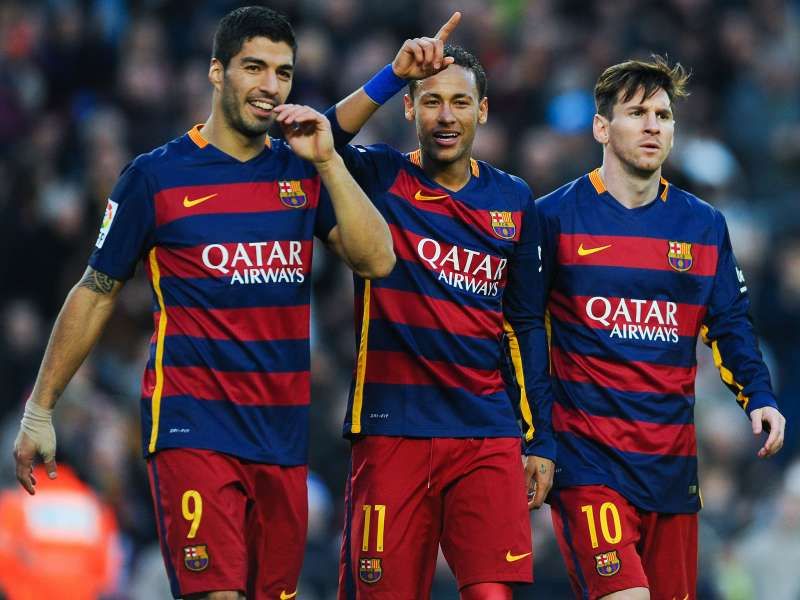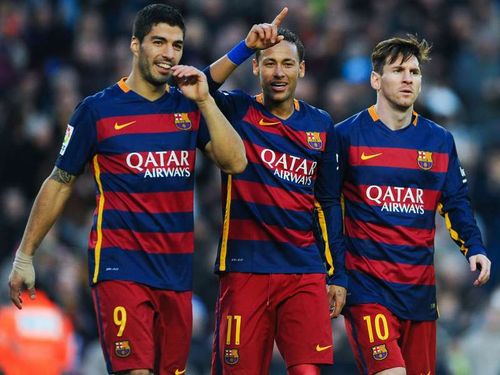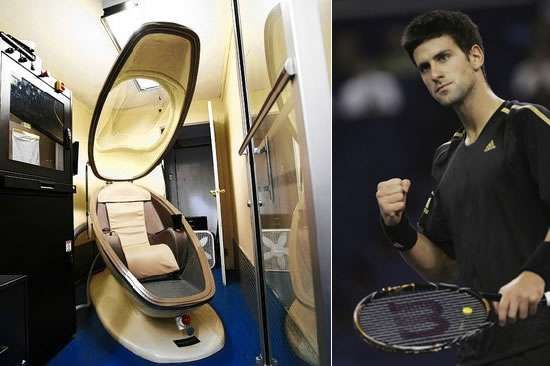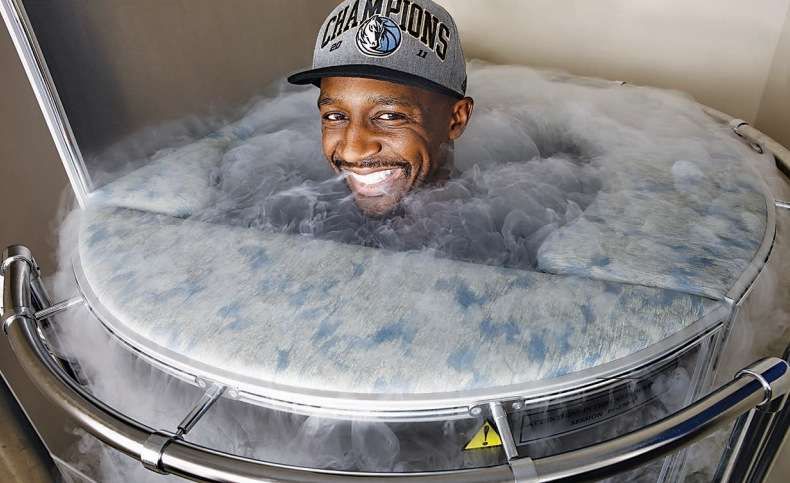
Explaining how Barcelona players recover quickly despite playing a lot of matches

With teams across leagues taking part in multiple competitions in football, injuries have become a part and parcel of the sport. On an average, any team that does well in the league and the different cup competitions both domestically and across the continent, will have to play close to 55-60 matches every season, something which is very taxing and can damage the fitness of the best.
Reigning La Liga and Champions League winners Barcelona too face the same issue. The league leaders are part of a very intense season, and have already played 42 matches combined in the Spanish League, the Copa del Rey and the UEFA Champions League. Apart from that, they've played five other matches in the FIFA Club World Cup, Spanish Super Cup and the UEFA Super Cup, and this is not counting the four they played in the International Champions Cup during preseason.
That makes it a total of 47 matches already in the season, and they are still active in all competitions, and are currently on a 35-match unbeaten streak. What makes their achievement enough more commendable is that they don't reallty have a big squad to boast, and they had to deal with a transfer ban till the January of 2016 to register the players they had signed in the summer, Arda Turan and Aleix Vadal.
Barcelona's coach Luis Enrique has ensured that he does as much as possible to keep his main players fit and firing, rotating the squad whenever possible. The team have been making sure that their players, especially the likes of stars Lionel Messi, Neymar and Luis Suarez get good rest and are able to recover well in between matches to keep them fit and raring to go in their next match.
The Science behind Barcelona's abiltiy to stay injury-free
Recently, Neymar injured his shoulder in a match with Sevillla. Post the match, he was seen sitting with a black canvas, with two tubes coming out of it and going into a machine. The machine has been revealed by Spanish daily Sport to be an anti-fatigue and muscle recovery machine. The machine has been used by the team a lot since last season, and has worked very well for them.
Technically, it is called the pneumatic compressor unit and utilises the technique of recovery through the use of atmospheric pressure, or presotherapy. This technique is used by the entire squad, around two to three times a week depending on their fatigue levels. The players are supposed to let the physiotherapists know if they are fatigued or feeling tired, following which they are part of 25-minute supervised sessions.
The machine has been so effective that players are almost using it on a daily basis. An example would be Brazilian superstar Neymar, who has even procured one such machine for his home to enhance recovery from small niggles and injuries.
Not the first athletes to use technology for recovery
Another example of athletes using latest technology to ensure they stay injury-free was seen some time back when it was revealed that World number 1 Novak Djokovic used a CVAC hyperbaric chamber, an egg-shaped pod which helps you relax while simulated altitude pressure and muscle compressions helps enhance the body's ability to absorb oxygen.

Dallas Mavericks were another team who used technology and enhanced recovery methods to help their team, which had a lot of veterans in 2011, during their NBA title-winning season. The team used cryogenic therapy to help their players recover post matches during the playoffs. Cryogenic therapy has blasts of nitrogen-filled air hitting the players in their chambers, dropping the temperature to as low as -320 degree Fahrenheit for about 2 to 3 minutes.

Who uses it most frequently at Barcelona?
The players who use this most commonly are Messi, Suarez and Neymar, probably because they play the most number of matches, completing 90 minutes in most of them.
One advantage of this machine is that the players have given good positive feedback, saying they don't see signs of fatigue that quickly now and that they remain in their best shape for future encounters. This same instrument has also helped reduce fatigue in goalkeepers’ arms at the club, helping them sustain their high performance levels for longer.
Now we know how the Catalan giants have been performing at such a high level in the last couple of seasons, without having suffered a major dip in fitness and how they haven't let injuries affect them.